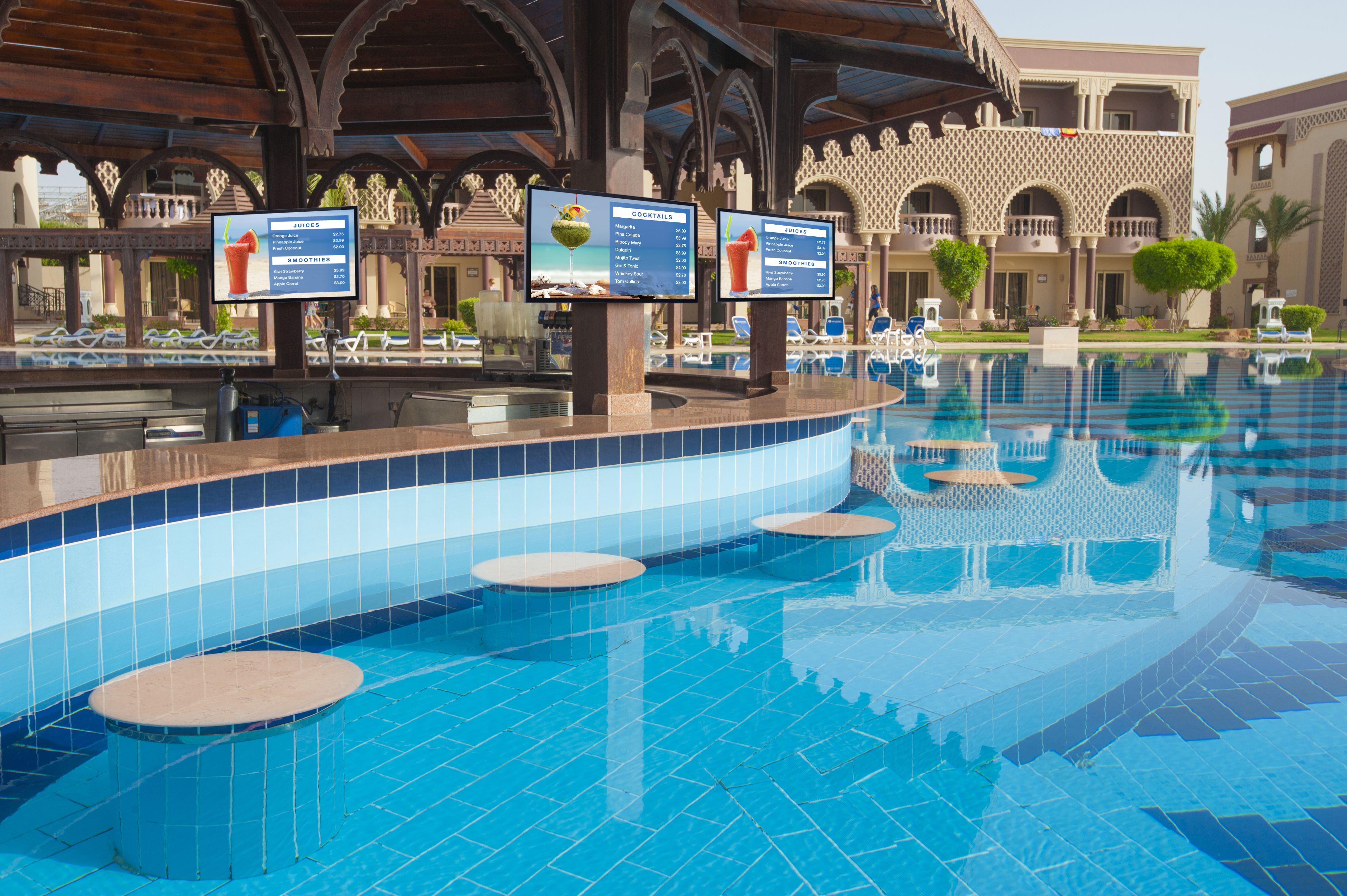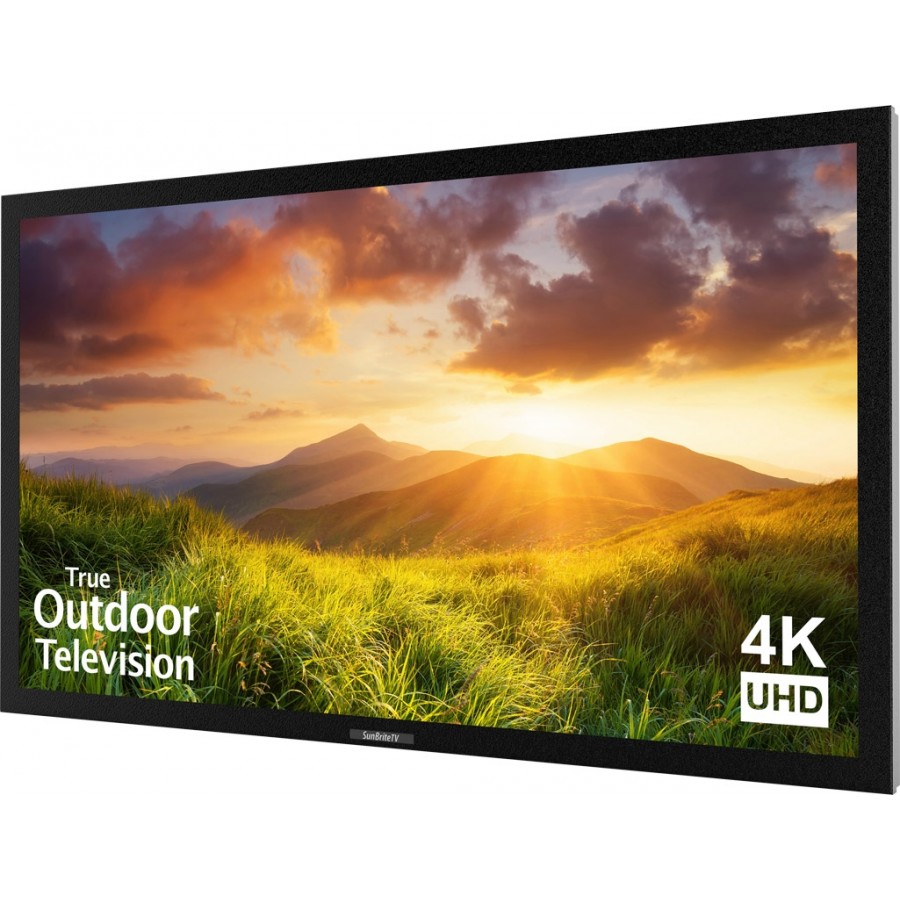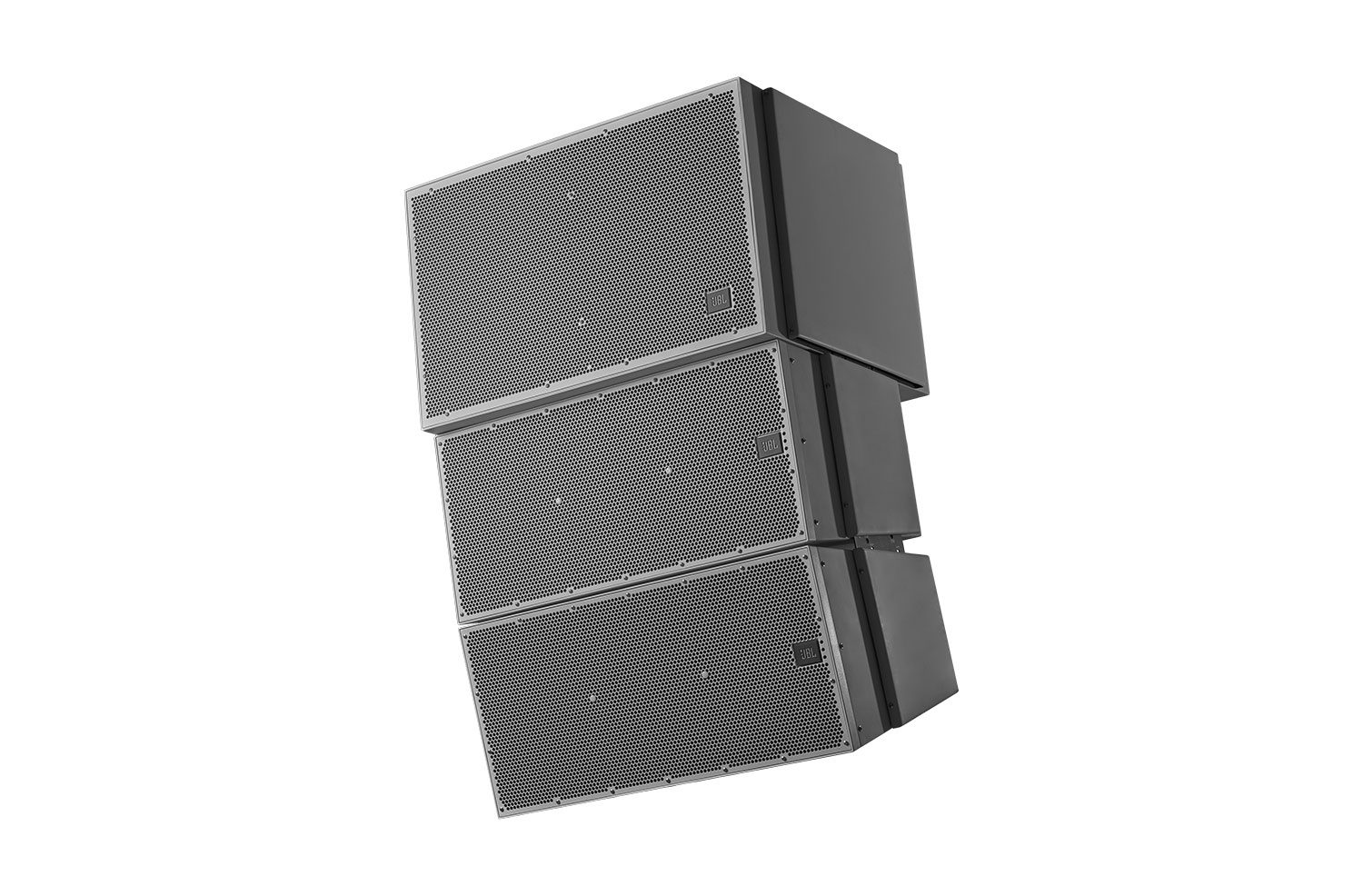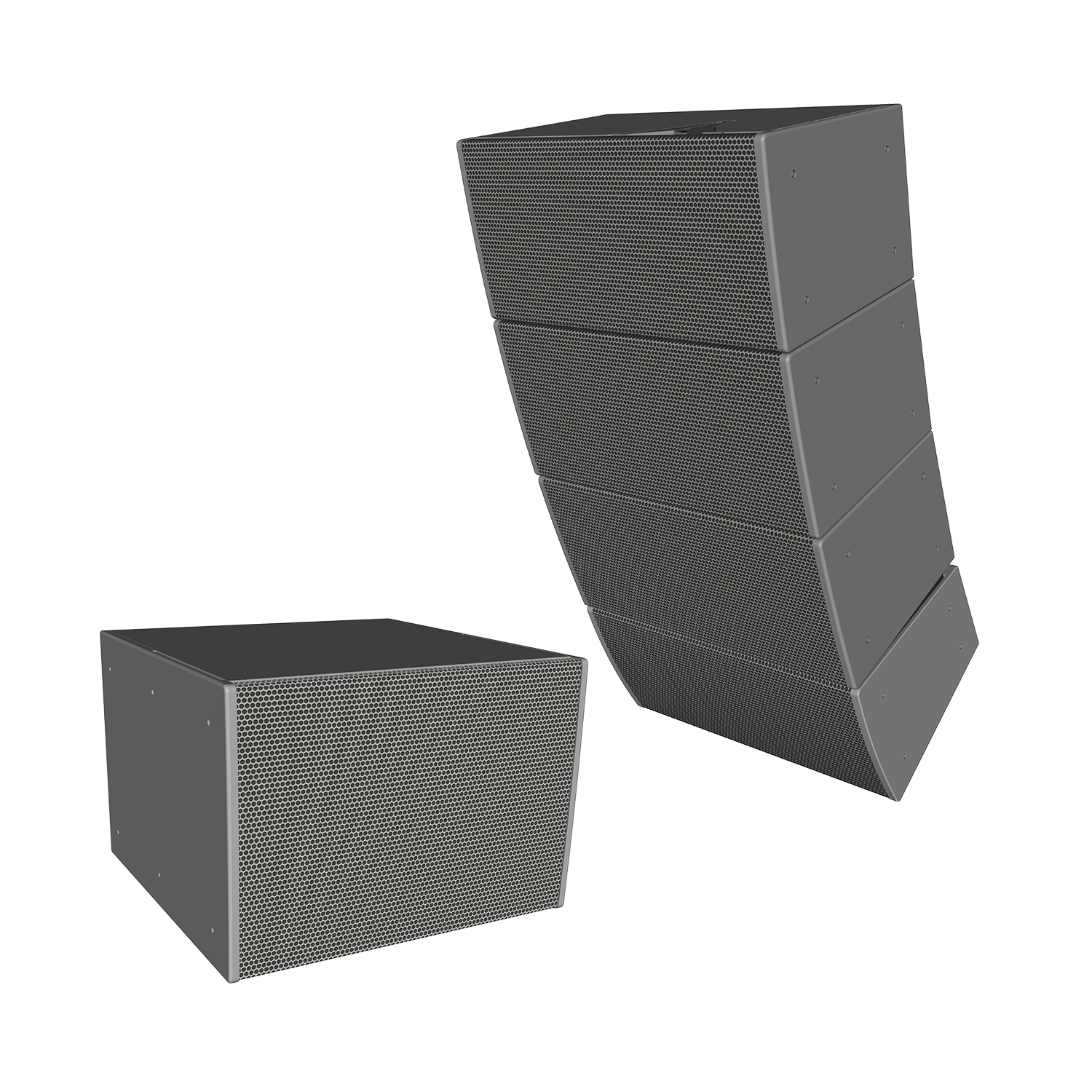Outdoor environments for dining, shopping, and entertaining are wildly popular. In some climates, being outside is part of a year-round lifestyle; for colder areas, it’s critical to maximize the few months when people can enjoy the outdoors without having to bundle up. In either case, business owners shouldn’t have to (and wouldn’t want to) compromise on the video, audio, and signage experiences simply because they are installed outside.
There are some specific points to consider when integrating and managing small-scale outdoor AV applications—on both the audio and video sides.
Challenges Integrating Smaller-Scale Outdoor AV
For patrons, enjoying an outdoor environment means feeling as comfortable outside as they would inside. For integrators, creating a great experience requires examining the light and sound requirements specific to the space.
The project brief should take into consideration the type of content to be conveyed, the environmental variations that can come into play, and the overall size and scope of the project. These factors will inform critical project details like lines of sight and audio specifications that will impact the form and function of the space.
Lighting Considerations
Overcoming ambient lighting conditions is critical for visual displays. It’s vital to ensure that content is represented accurately when the screen is viewed off-axis, and that there is sufficient brightness and perceived contrast. Direct sunlight applications may require the use of high TNI panels. Displays need to be protected from ingress of solids, have impact-resistant glass for durability, and they should be appropriate for use in a wide range of operating temperatures. Remote health and wellness monitoring of displays is necessary to ensure the intended message is reaching its audience.
Not as obvious but also important is determining the lighting patterns within the space. “Figure out where the sun and shadows will be so you understand where people will be seated,” said Bradford Benn, a 25-year industry veteran and end user. “Seating position informs sightlines, audio needs, and ambient light at various times of the day. These are critical considerations in specifying the space that are often forgotten.”
Displays specifically designed for outdoor use will work best because their features take the outdoor environment into consideration. When it comes to visibility, for example, Peerless-AV’s Xtreme High Bright Outdoor Displays are a go-to digital signage or entertainment solution for any professional outdoor application. In addition to top-of-the-line outdoor video quality and durability backed by a two-year warranty, Xtreme High Bright Outdoor Displays include weatherproofing and technology to provide readability, even in direct sunlight.
Audio Considerations
When working outside, first look at locations to mount appropriate size speaker systems. It’s important to consider architecture and surroundings. In many cases, installers can overcome the challenge of widely distributed audio areas by using 75- or 100-volt lines.
Dave Howden, director of technical services at Community Loudspeakers, explains how an audio system’s elevation comes into play. “If you’re supporting sound for a large display, the elevation of the speakers is critical,” Howden said. “If sound reinforcement is needed, this has to be taken into consideration in speaker placement. Even sound is projected in a 3:1 ratio both indoors and outdoors. If a speaker is 15 feet high, it would support audio up to 45 feet away.”
Speaker volume is also a critical consideration. The volume should be 10 decibels above the ambient sound. Howden always recommends a noise study be conducted prior to product selection because ambient noise can vary widely. For example, in outdoor digital signage, the audio level should achieve about 90 decibels in a retail environment, but the audio level target might be higher in an outdoor environment for a sports bar because there would be more ambient noise there.
Noise reflecting off other buildings causes echoes, which can be problematic in an outdoor retail environment. Community Loudspeakers takes distance and echo into consideration with their project recommendations; for shorter projection distances, they offer I Series weather-resistant systems. Full-bandwidth, high-output R Series models work well for longer projection distances.
Specifying for Success Outside
Todd Mares, director of emerging technologies at Peerless-AV, offers three essential considerations for choosing outdoor AV products.
1. Tolerance: Products should be rugged enough to withstand the various exposures in the environment, including temperature, moisture, and wind exposure.
2. Maintenance: Reliability and the ability to monitor technology remotely is important for updates that may need to occur.
3. Form and Function: Match the outdoor AV solution to the needs and scope of the project as closely as possible.
Budget Considerations
After taking the space into consideration, Josh Litwack, director of commercial business development at SnapAV, says that there is often a delicate balance to navigate between the desired outcome of the project and the budget.
“One of our biggest challenges is being able to manage client expectations on their budget,” Litwack said. “Most people don’t realize that outdoor systems tend to be significantly more expensive than their indoor counterparts, particularly on the video side. Costs are incurred due to the engineering and design requirements for weatherization and optimized outdoor performance, where the environment is less controlled.”
What Lies Ahead in Outdoor AV?
Technology developments that have been impacting outdoor AV include interest in using analytics and the ability to deploy cameras to monitor how customers interact with outdoor AV. The Internet of Things (IoT) and constant connectivity via smartphones is also making it crucial that companies bridge the gap and create useful tools for outdoor AV.
Products with highly specialized functionality, often developed under partnerships, will become more prevalent. For example, Peerless-AV worked with Volta to develop EV charging stations. The Volta custom EV solution includes several components: a Peerless-AV 47-inch Xtreme Outdoor Daylight Readable Display inside an Xtreme Outdoor Portrait Kiosk with a 6-foot-tall backlit poster box, a Chromebox media player, an EKM power meter, and a cellular modem. The end result will recharge vehicles while directing customers via ads to a nearby business or location.
Last but Not Least, Be a Good Neighbor
Benn noted the importance of being a good neighbor when creating these outside environments. This consideration is often overlooked, but it’s crucial to the success of any AV project.
“Check the local noise ordinances and note restrictions about when noise has to stop. This is a great opportunity to employ an automated system to turn down the volume and monitor the levels so your business will be welcome in the neighborhood,” Benn commented.
With beautiful, bright displays and clear, crisp audio, a retail, dining, or entertainment venue can be elevated from the ordinary to something spectacular. The range of products currently available can make any outdoor experience something truly memorable.




